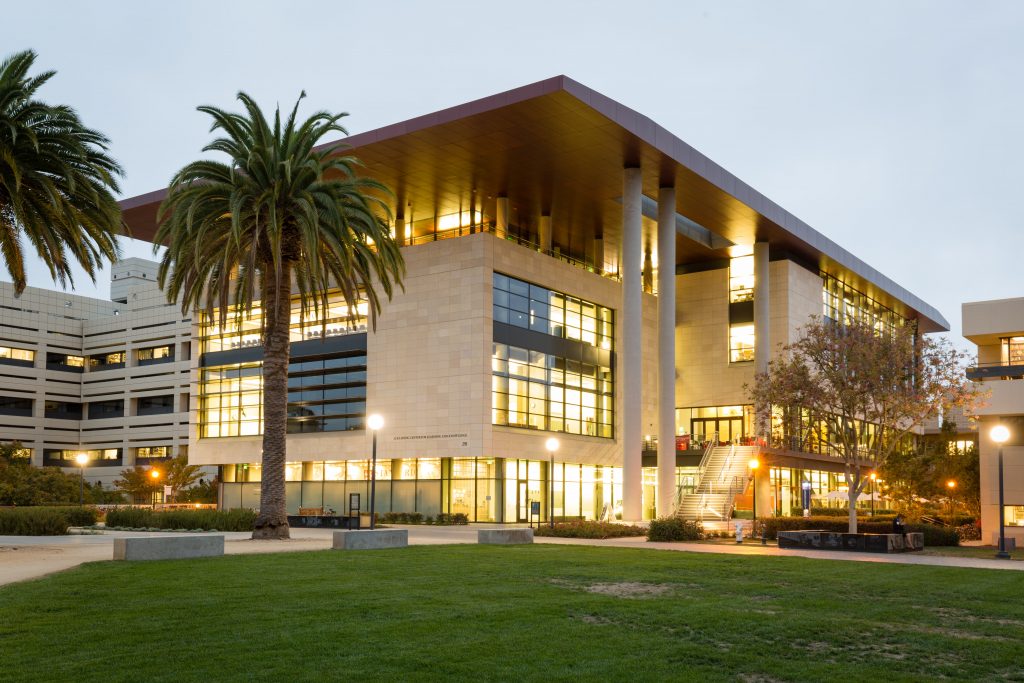Medicine in the US
Medical School
For Dutch students, attending a full medical school in the US is not the most logical route. Admission to a US medical school is extremely competitive, with a 5% admission rate for international students. Thus, foreign students who have not obtained a US bachelor’s degree in pre-med are admitted to a medical school only in very exceptional circumstances. More information about this is provided by the Educational Commission for Foreign Medical Graduates.
In addition, US medical schools have virtually no scholarship opportunities or loans for foreign students. The average tuition at a public medical school is $30,000 per year for out-of-state students. At a private university, the average cost of tuition is $50,000 per year. Added to that is your living expenses, usually between $10,000 and $15,000 per year. So a medical education in the US can easily cost $250,000. If you have US citizenship, you may be eligible for a loan from the US government. International students are not eligible for US loans.
In addition, you should realize that a US MD degree does not allow you to work in the Netherlands, and that obtaining a US degree does not guarantee a US work permit. Your chances of admission increase if you have a US residence permit and obtained your undergraduate degree in the US.

Internships in the US
If you study medicine in the Netherlands, you can spend a period of practical experience in the US. Many American medical schools offer international students the opportunity to gain practical experience with them through a clinical clerkship. These clerkships do not replace your clerkships, which must be completed in the Netherlands. Many students do a period of practical experience in the US to gain additional experience. In addition, doing a clerkship in the US can be useful if you later want to do a residency (specialization) in the US. You can do one or more three-month clerkships. To qualify for admission, you must be enrolled in a medical school listed in the World Directory of Medical Schools. In addition, you must have malpractice and liability insurance. It is often not necessary to take an entrance exam, although it may be helpful to have taken the USMLE Step 1.
Master’s program
It is possible within certain fields to do a second master’s degree in the US with a Dutch medical degree, such as public health, pharmacy, and basic sciences such as physiology and anatomy. For studies that do not involve contact with patients, taking the USMLE is not mandatory. However, you may be required to take the GRE. See also information on admission tests.

Specialization
If you are a Dutch primary care physician and want to specialize in the US, you may be eligible for a medical residency training or fellowship program. A fellowship program puts more emphasis on (laboratory) research and teaching than a medical residency in a hospital. Read “Working as a medical researcher in the US” further down on this page for more information about fellowships.
Medical residency
The length of a medical residency varies by specialty, and is generally between three and seven years. To qualify for a medical residency in the US, you must have obtained a standard ECFMG Certificate. An ECFMG Certificate is issued after passing the USMLE exams (Step 1, Step 2 CK (Clinical Knowledge) and Step 2 CS (Clinical Skills). An ECFMG Certificate does not guarantee placement in a residency or fellowship program. It is advisable to contact residency programs as early as possible to inquire about admission requirements.
Application to a medical residency program
Admission to US medical residency programs is highly competitive and there is no placement guarantee. About half of the applicants with foreign degrees are matched with a US hospital through the NRMP. Candidates who did not receive a place in the matching process can apply for remaining places after March. This does mean traveling to the US again for an interview.
Below are tips and an overview of the application process.
Application procedure for a medical residency program
- Database
The American Medical Association (AMA) has a database of contact information for U.S. residency programs, FREIDA online. The database is searchable by specialty, region, and admission requirements, and often provides more information on the number of seats available, funding, and the like. The addresses and phone numbers of accredited programs can be found in the Graduate Medical Education Directory. This book is available for review at the Fulbright Commission. Contact us for an appointment. - Apply
Many applications are through an online application system called the Electronic Residency Application Service (ERAS). Documents such as letters of reference, transcripts and USMLE test scores are submitted to residency program directors through this application system. It is important to also submit an application to the National Residency Matching Program (NRMP). Many hospitals only hire candidates who participate in this program. The NRMP is not a centralized application service, but a matching system for candidates and hospitals where matching can be done on preferences of both parties. Candidates can submit up to 20 preferences. - Deadlines
Most medical residency programs start in July. Applications can be made between September and March. Matches are announced in March. You must have obtained all ECFMG certificates prior to the interview phase. It is best to take the exams a year in advance. More information can be obtained from NRMP.
Going to the US as a medical researcher
Physicians who want to do period research at a US university do not necessarily have to take the USMLE to do so. It is important to find out which universities are well regarded in your field. More information on finding a research position can be found at “finding a research position in the US“. In addition, the International Federation of Medical Student’s Associations offers information on research positions.
As a medical researcher, you may be eligible for fellowships from US universities and grants from other funds, including the Fulbright Scholarship.
Be aware that the two-year home requirement may apply to Dutch basic physicians doing a specialty or residency in the US that falls under sponsorship of the ECFMG. International (basic) physicians coming to the US for research or teaching do not automatically fall under the two-year requirement.

Working as a doctor in the US
Apart from working in a medical residency programme, establishing your own practice in the US is usually not allowed. Foreign doctors who have completed their specialisation in the US must, according to J-1 visa requirements, return to the home country for a minimum period of 2 years.
A US medical licence is issued state by state, by the respective State Medical Boards. Each medical board has its own conditions, rules and exams. Most State Medical Boards require a completed US medical residency of several years and a USMLE Step 3 exam. For questions about medical licensing, contact the individual state medical boards. Their addresses can be found through the Federation of State Medical Boards.


